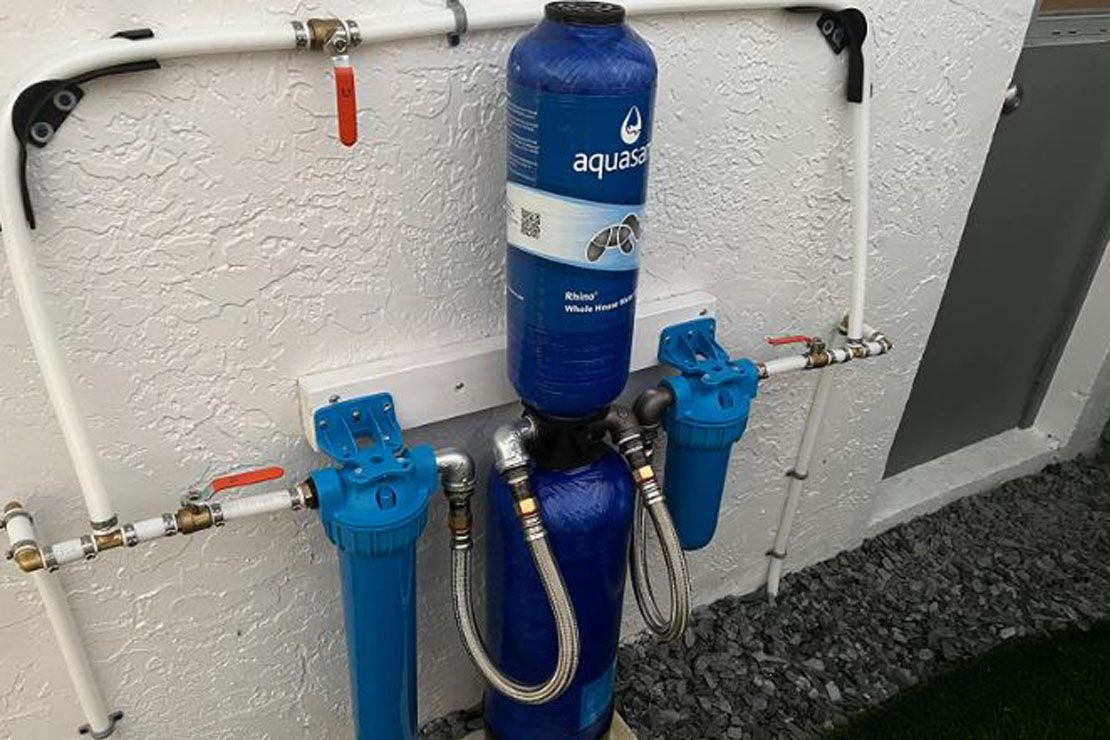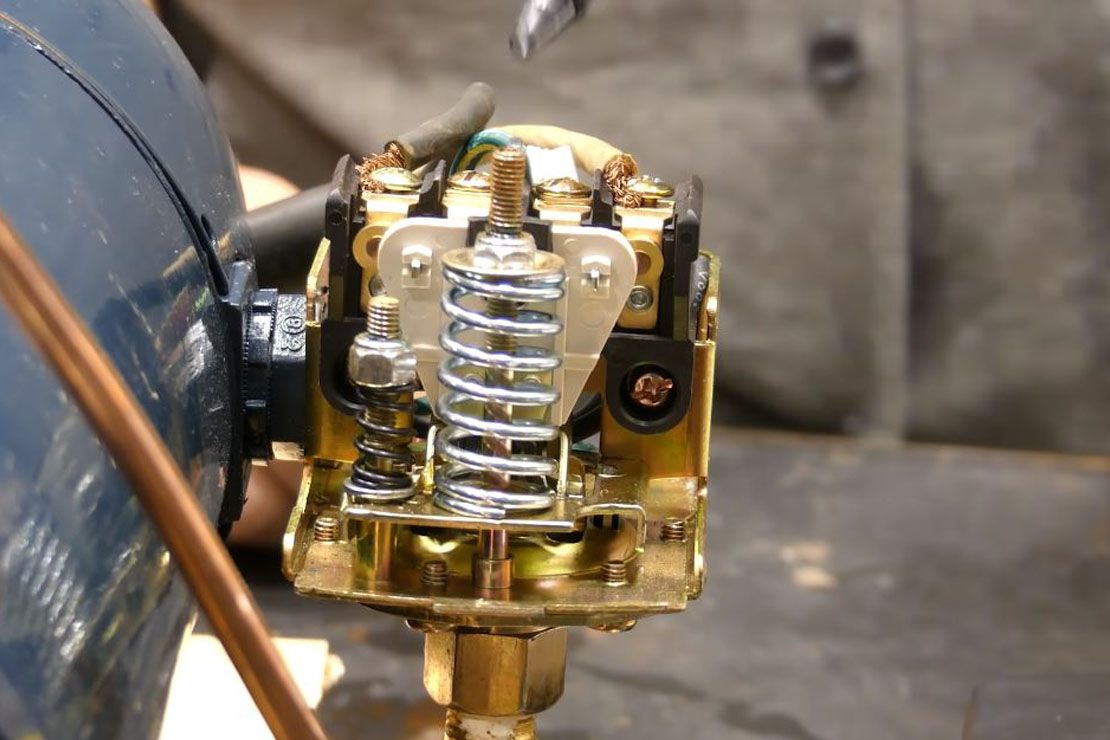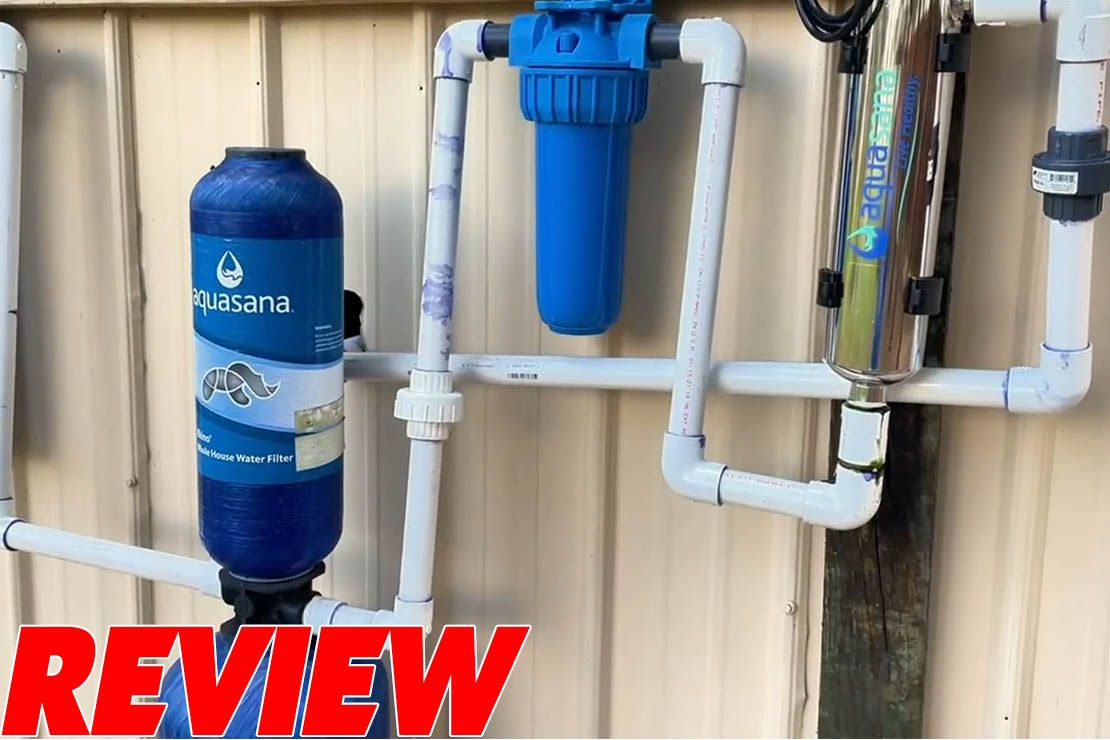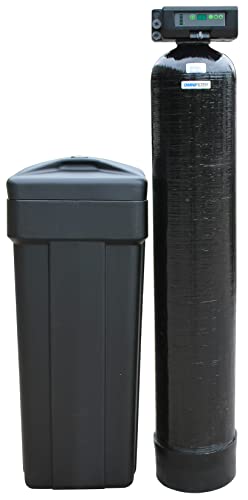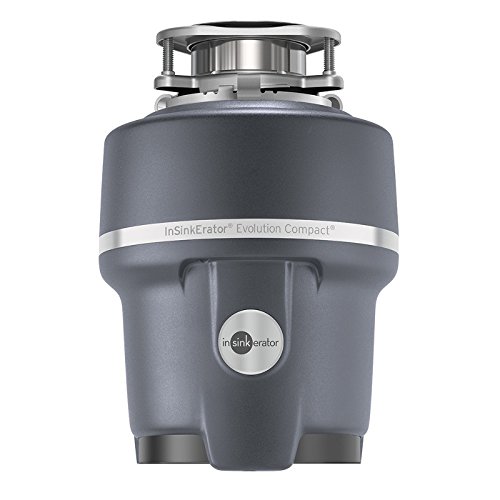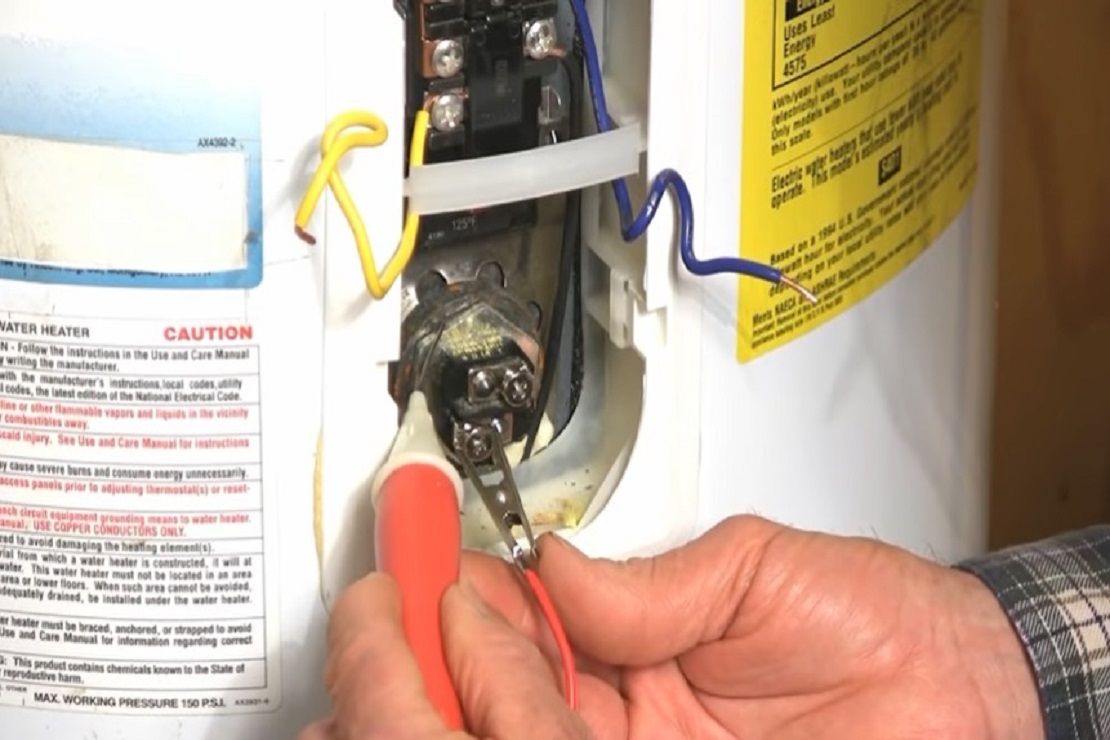
Why Test a Water Heater Element?
Before we delve into the methods of testing a water heater element without a multimeter, it is essential to understand why it is necessary. The heating element is a vital component of an electric water heater. It is responsible for heating the water inside the tank. Over time, these elements may wear out or malfunction, leading to decreased efficiency or no hot water at all. By testing the water heater element, you can identify any issues and take appropriate action, such as replacing the faulty element.
Signs of a Faulty Water Heater Element
Identifying the signs of a faulty water heater element can help you determine whether testing is required. Here are some common indicators that your water heater element may be defective:
- No Hot Water: If your water heater fails to produce hot water, it could be a sign of a faulty heating element.
- Insufficient Hot Water: If the water doesn't get as hot as it used to or if it runs out quickly, it might be due to a malfunctioning element.
- Tripping Circuit Breaker: A malfunctioning water heater element can cause the circuit breaker to trip frequently.
- Rusty Water: If you notice rusty or discolored water coming from your taps, it may indicate a corroded heating element.
- Strange Noises: Unusual noises, such as popping or crackling sounds, can be an indication of a failing element.
Testing a Water Heater Element with Visual Inspection
Visual inspection is the first step in testing a water heater element without a multimeter. Follow these steps to visually inspect the heating elements:
- Turn Off the Power: Before performing any inspection or maintenance on your water heater, ensure that you turn off the power supply at the circuit breaker.
- Remove the Access Panels: Locate the access panels on the water heater and remove them using a screwdriver.
- Inspect the Elements: Examine the heating elements for any visible signs of damage, such as corrosion, scaling, or loose connections.
- Check for Leakage: Look for any signs of leakage around the elements, as this can indicate a faulty gasket or seal.
By visually inspecting the elements, you can often identify obvious issues that require further testing or replacement.
Testing a Water Heater Element Using a Voltage Tester
If the visual inspection does not reveal any apparent issues, you can proceed to test the water heater element using a voltage tester. Follow these steps:
- Safety First: Ensure that the power supply to the water heater is turned off at the circuit breaker.
- Remove the Access Panels: Similar to the visual inspection, remove the access panels to gain access to the heating elements.
- Disconnect the Wires: Using a screwdriver or wrench, carefully disconnect the wires attached to the heating element terminals.
- Set the Voltage Tester: Set the voltage tester to the appropriate voltage range.
- Test for Voltage: Touch one probe of the voltage tester to each terminal of the heating element. If there is no voltage detected, it may indicate a faulty element.
Remember to exercise caution and follow safety procedures when working with electrical components.
Testing a Water Heater Element with a Continuity Tester
If you do not have a voltage tester, you can use a continuity tester to check the functionality of the water heater element. Here's how:
- Safety First: As always, turn off the power supply to the water heater.
- Remove the Access Panels: Open the access panels to expose the heating elements.
- Disconnect the Wires: Carefully disconnect the wires from the terminals of the heating element.
- Set the Continuity Tester: Set the continuity tester to the appropriate range.
- Test for Continuity: Touch one probe of the continuity tester to each terminal of the heating element. If there is no continuity, it suggests a faulty element.
Using a continuity tester can help determine whether the heating element is functioning properly or if it requires replacement.
Alternative Methods to Test a Water Heater Element
In addition to visual inspection and using voltage or continuity testers, there are a few alternative methods to test a water heater element without a multimeter. These methods can provide an indication of the element's functionality, although they may not be as accurate as using specialized tools. Here are a couple of techniques you can try:
- Water Temperature Test: Run hot water from a faucet and measure the temperature. If the water doesn't get hot enough or takes an excessively long time to heat up, it could indicate a faulty element.
- Resistance Test: If you have a resistor or known resistance wire, you can connect it to the heating element terminals and observe if it heats up. This method should be done with extreme caution and only if you are experienced in working with electrical components.
While these alternative methods can provide some insight, it is still advisable to use proper testing tools for accurate results.
Can I test a water heater element without turning off the power?
No, it is crucial to turn off the power supply to the water heater at the circuit breaker before conducting any tests or maintenance. Working with live electrical components can be extremely dangerous and may result in electric shocks or other hazards. Always prioritize safety when dealing with electrical systems.
Is it safe to test a water heater element without a multimeter?
While a multimeter is a preferred tool for testing water heater elements, it is possible to conduct visual inspections and use alternative methods as discussed in this article. However, it is important to exercise caution and follow safety guidelines to minimize any risks. If you are uncertain or uncomfortable working with electrical components, it is best to seek assistance from a qualified professional.
What should I do if I find a faulty water heater element?
If you determine that your water heater element is faulty, it is recommended to replace it with a new one. Water heater elements are generally affordable and readily available at hardware stores or online. Ensure that you choose a replacement element that matches the specifications of your water heater model for optimal performance.
How often should I test my water heater element?
It is advisable to test your water heater element annually as part of regular maintenance. This helps identify any potential issues early on and allows for timely repairs or replacements. Additionally, if you notice any signs of a faulty element, such as insufficient hot water or strange noises, it is recommended to test the element as soon as possible.
Can I replace a water heater element on my own?
Yes, it is possible to replace a water heater element on your own if you have basic plumbing and electrical skills. However, if you are unsure or uncomfortable with the process, it is best to hire a professional plumber. Working with water heaters involves electrical connections and potentially harmful situations, so it is essential to prioritize safety.
When should I call a professional plumber?
While some water heater maintenance tasks can be performed by homeowners, certain situations may require the expertise of a professional plumber. If you encounter complex issues, lack the necessary skills or tools, or are unsure about the correct course of action, it is advisable to contact a licensed plumber. They have the knowledge and experience to handle water heater problems safely and efficiently.
In conclusion, testing a water heater element without a multimeter is possible using various methods. By visually inspecting the elements and performing voltage, continuity, or alternative tests, you can diagnose potential issues and ensure your water heater functions optimally. Remember to prioritize safety by turning off the power supply before conducting any tests and, if in doubt, seek professional assistance. Regularly testing your water heater element and addressing any problems promptly can help prolong its lifespan and ensure you have a consistent supply of hot water when you need it.
Read more:


